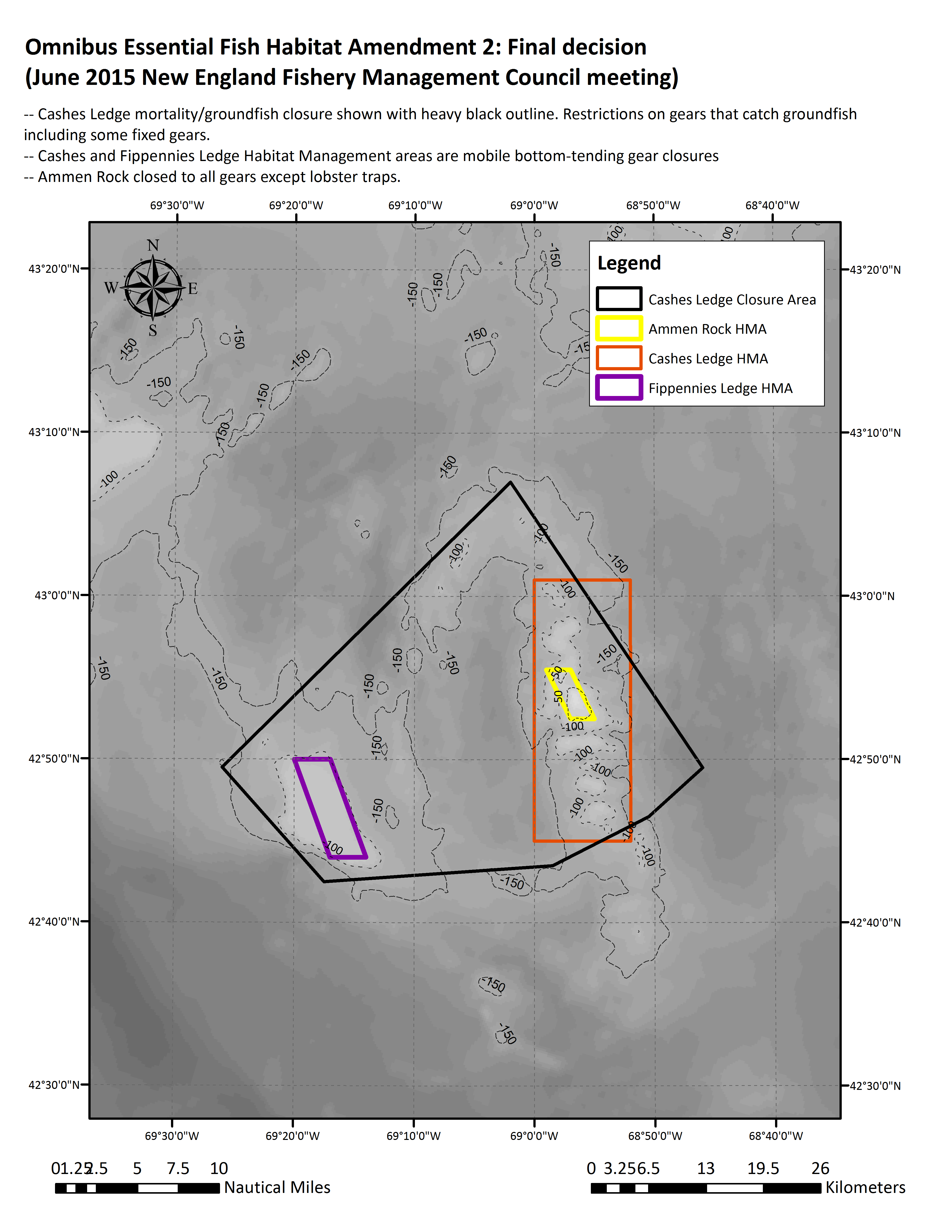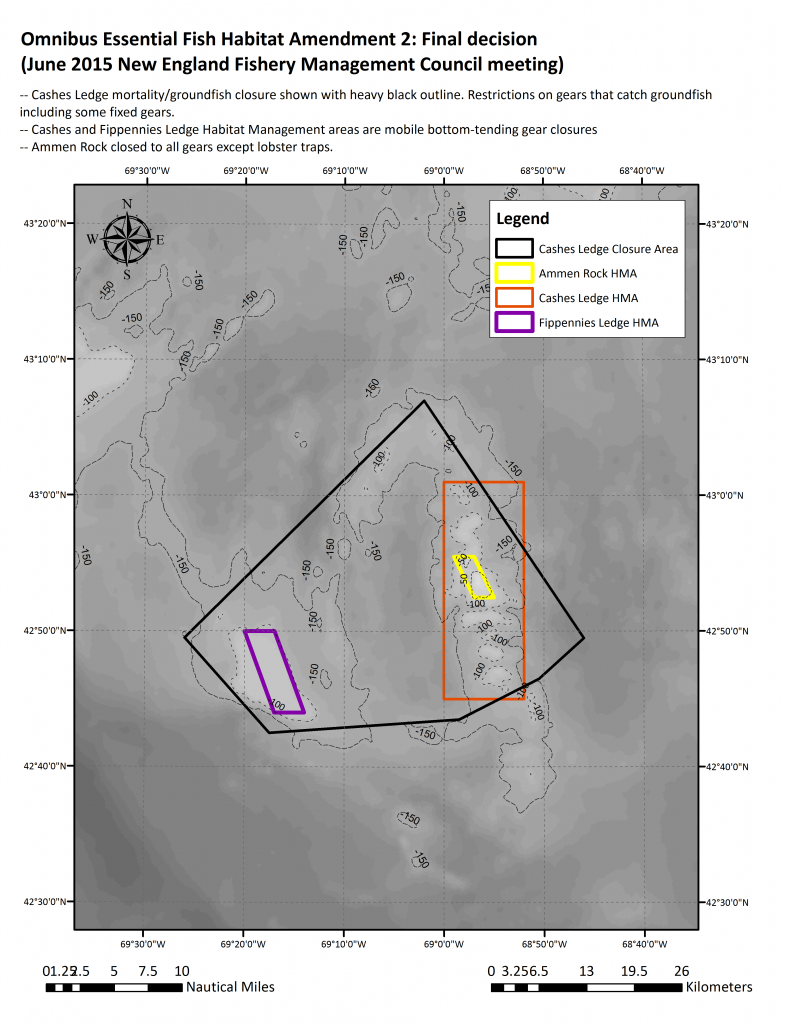WASHINGTON (Saving Seafood) – September 28, 2015 – The following was released by the Garden State Seafood Association:
Ernie Panacek, President of the Garden State Seafood Association (GSSA), Richard B. Robins, Chairman of the Mid-Atlantic Fishery Management Council and Jay Odell, Director of the Mid-Atlantic Marine Program at the Nature Conservancy will be recognized as Regional Champions of the Ocean for the roles their organizations played in the preservation of 38,000 square miles of ocean floor in the mid-Atlantic as habitat for native deep-water corals and other marine organisms. The awards will be given on October 29 at the 11th annual Future of the Ocean Symposium at Monmouth University’s Urban Coast Institute. Also to be recognized as National Champions of the Ocean will be Dr. Sylvia Earle, National Geographic Society Explorer-in-Residence, and Terry Garcia, National Geographic Society Chief Science and Exploration Officer.
This honor follows the recognition of GSSA’s Executive Director Greg DiDomenico and Council Chairman Robbins as Conservation Leaders by the New York Aquarium at their Sip of the Sea event on September 16th. This event was further recognition of the successful effort to protect coral in the offshore canyons of the Mid-Atlantic.
The habitat preservation resulted from an unprecedented cooperative effort between the fishing industry and the conservation community. Facilitated by the Mid-Atlantic Fishery Management Council, the protection preserves unique deep water environments, while allowing commercial fishermen to sustainably harvest the region’s abundant fish and shellfish. GSSA hopes this process will set a precedent for future cooperative efforts, avoiding the antagonistic confrontations of the past.
According to GSSA’s Ernie Panacek, “As is the nature of all successful compromises, the result didn’t give either side exactly what we wanted, but we all can, and will, live with it. With the Mid-Atlantic Council acting as referee, it’s our hope that we’ve opened the door to future cooperative efforts.”
“We demonstrated that two stakeholder groups; one committed to the preservation of our living marine resources and the other to balanced sustainable harvest, can work together to protect the resource, while preserving each side’s interests,” said GSSA Executive Director Greg DiDomenico.
Mid-Atlantic Council Chairman Richard Robins said “this historic action by the Council was made possible by the cooperation of a broad group of fishermen, advisors, coral researchers, conservation groups, Council members and staff.”
Unfortunately, this process stands in stark contrast to an ongoing campaign launched by the Conservation Law Foundation and other environmental groups. These groups have called upon the Obama Administration to circumnavigate the existing process and unilaterally declare a National Marine Monument in the Gulf of Maine surrounding Cashes Ledge.
The successful outcome in the mid-Atlantic region resulted from a good faith effort by concerned individuals and organizations, utilizing existing administrative mechanisms, to develop a “bottom-up” compromise solution. As it did in the mid-Atlantic, the existing ocean governance system will work in New England. All it takes is a good faith effort.
View a PDF of the release here


